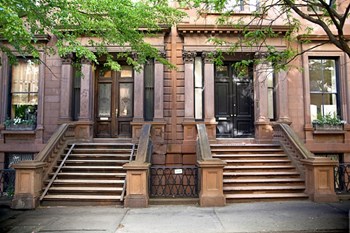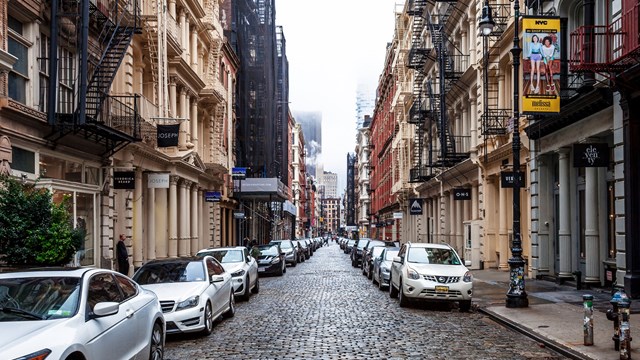
Brooklyn’s residential co-op and condominium market ended 2018 on a less-than-positive note, a change from the more stable picture it displayed in 2017, according to Corcoran’s 2018 fourth quarter report.
“Brooklyn ended 2018 by following earlier quarters’ trends with overall sales slightly slowing but also shifting to lower-cost areas,” said the study. ”With the high prices in neighborhoods close to Manhattan compounded by tax reform and rising mortgage rates, apartment buyers continued to seek value in neighborhoods with more palatable price points; these areas had robust sales activity and further price appreciation. Overall, however, the pace at which value seeking buyers transacted was not fast enough to prop up sales compared to Fourth Quarter 2017, which was the strongest fourth quarter in the last ten years.”
Buyer's Market
The good news from the study is that despite the downturn in sales, according to Corcoran, “there were 6 percent fewer closings versus last year, activity remained in line with the five-year historical average. At just over 1,400 sales, the Fourth Quarter 2018 figure was the second highest fourth quarter in a decade. The contracts signed figure was off by just 2 percent compared to both last quarter and last year, a less severe decline in sales activity relative to Manhattan.”
While generally in line with the downward trend, median prices showed some differential between property types. Co-op resale prices slipped slightly year-over-year from fourth quarter 2017 to 2018 by 1 percent. Fourth quarter 2018 median prices, though, slipped a sizable 9 percent over third quarter 2018. This admittedly severe drop may have dragged the year into negative territory overall. Median condo resale prices cast a questioning light onto this dynamic, as they are actually in positive territory, with an 8 percent increase year over year from 2017 to 2018, and a 3 percent increase from third quarter 2018 to fourth quarter 2018. The report points to shrinking market share of sales over $1,000,000 in the co-op resale market as a major factor in this measure. Alternatively, resale prices at the high-end of the condominium market kept median price strong in 2018.
“The weakening of the market is a result of many factors,” says Peter Grazioli, a broker at Halstead’s Park Slope office. “2018 was hesitant. Buyers were slower to react. But the market had been in a constant and consistent upward flow for eight or nine years, so a small slowdown was both normal and expected. There are more people coming back into the market now. An uptake in the market was evident from third to fourth quarter in 2018.”
Inventory Indicator
Perhaps the most significant changes in the market are in inventory. Marketwide, the overall number of units available increased by 16 percent since fourth quarter 2017. Inventory in the co-op resale market is up 19 percent, and 15 percent for resale of condo units.
“Inventory grew year-over-year following nearly two years of consistent annual declines,” said Corcoran’s report. “Driving up supply figures were slower sales in the resale market as well as continuous new construction, particularly in southern parts of the borough.”
Joanna Mayfield Marks, a real estate agent with Halstead's North Slope in Brooklyn, says: “The slowdown affected the two ends of the market more severely, large and small apartments, over $1.5 million and under $500,000, which are where most of the all-cash buyers are. People in the middle. $800,000 to $1.6 million, that market chugged along. The ends of the market were more impacted by general anxiety in the market.”
Neighborhood Differences
From a neighborhood perspective, comparisons are all over the board. The areas of Carroll Gardens, Boerum Hill and Red Hook had the largest decrease in total sales at 35 percent. Brooklyn Heights, Cobble Hill, Dumbo and Downtown had the steepest decline in median sales price at 19 percent, while Park Slope and Gowanus had the biggest increase in median sales price at 18 percent. Average price per square foot showed minimal declines or increases of no more than minus-2 to plus-2 percent in four markets covering most of the borough from Brooklyn Heights through most of the traditional neighborhoods including Carroll Gardens, Fort Greene and Kensington, while Bedford Stuyvesant, Crown Heights, Lefferts Gardens and Bushwick showed a dramatic decline of 20 percent.
Overall, markets change. In prior years it was the seller’s market. Sellers were expected to sell in a bidding war in five minutes. Now that’s changed. Buyers are feeling their oats and their demeanor has changed. Markets swing back and forth. Watch for our predictions on what 2019 will bring next.
AJ Sidransky is a staff writer at The Cooperator, and a published novelist.






Leave a Comment